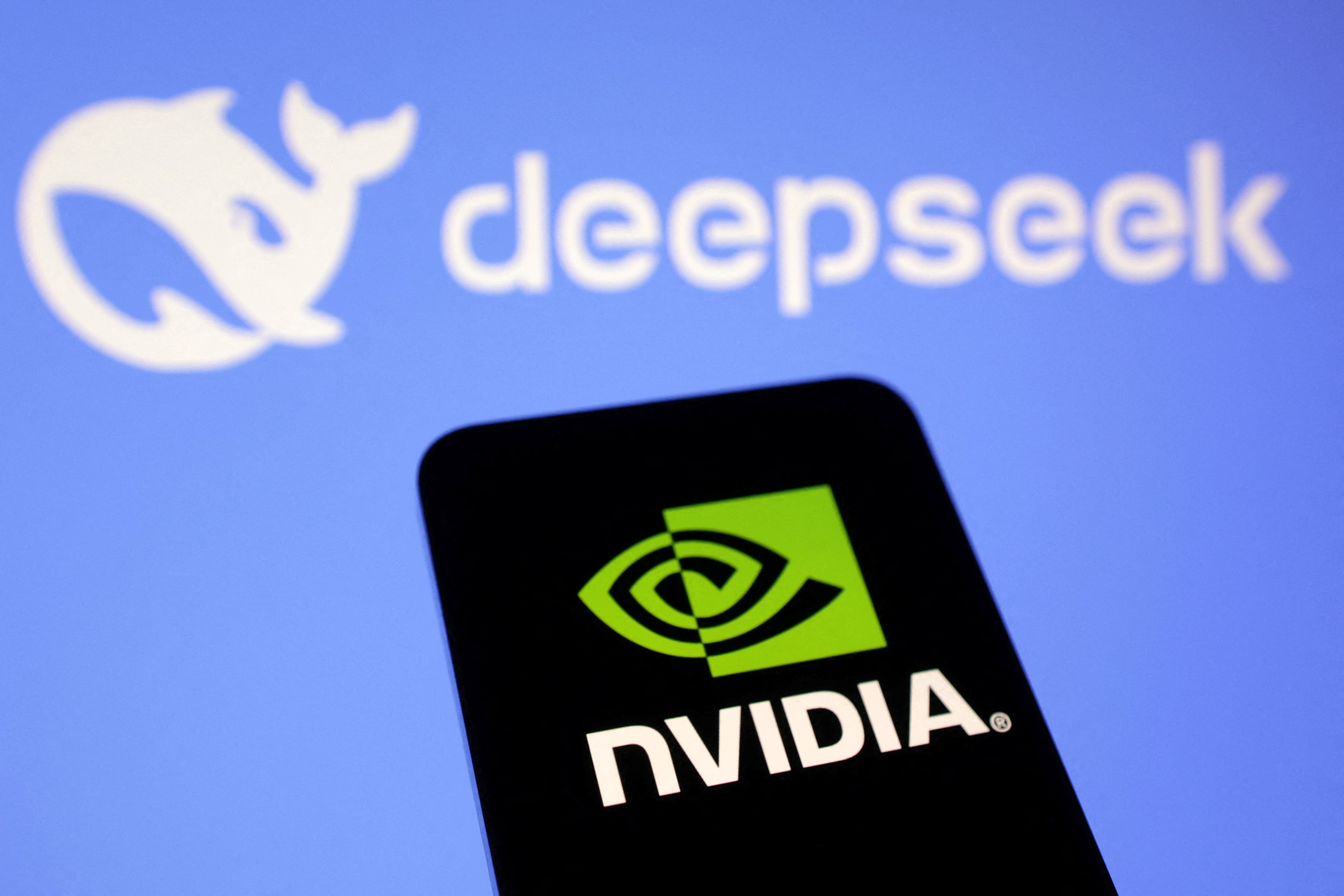ANALYSIS: Behind Nvidia's Strategy as Competitors and Critics Circle

SANTA CLARA, Calif. — A confluence of record-high valuations, significant insider stock transactions, and reports of key customers exploring alternative hardware has ignited an intense debate this week over the long-term durability of Nvidia Corp.'s market dominance, pitting bullish operational forecasts against a rising tide of critical scrutiny.
While the artificial intelligence chipmaker's financial performance and technological roadmap continue to fuel unprecedented market optimism, a series of counter-narratives questioning leadership's confidence, the company's competitive moat, and its ultimate position in the AI value chain have gained prominent media traction, creating a complex picture for investors and the industry at large.
Scrutiny Over Executive Stock Sales
The most immediate focus for market watchers has been the volume of stock sales by Nvidia executives and directors. The narrative crystallized around headlines, such as one on Fox Business, noting that 'Nvidia insiders dump more than $1 billion in stock' since the beginning of the year. Critics have framed these sales as a potential red flag, suggesting that those with the most intimate knowledge of the company may believe its meteoric rise in valuation is approaching a peak.
However, a closer examination of market data and corporate filings presents a more nuanced picture, according to market analysts specializing in executive compensation. They point out that a significant portion of these sales are conducted under pre-scheduled trading plans, known as SEC Rule 10b5-1, which are established months in advance to avoid any suggestion of trading on non-public information. These plans are a standard, widely used tool for high-net-worth executives to diversify their personal portfolios, which are often heavily concentrated in company stock.
"To look at the gross dollar amount of sales in isolation is to miss the context," said a senior analyst at a wealth management firm that covers the tech sector. "The more telling metric is what percentage of their total holdings are being sold, and what they continue to hold. In most cases, these executives' financial futures remain overwhelmingly tied to Nvidia's continued success." Public filings confirm that the shares sold represent a small fraction of the total holdings for key insiders, including CEO Jensen Huang. Proponents of the company argue that this continued massive exposure is a far stronger signal of confidence than the periodic, planned liquidation of a minority of their shares.
Assessing the Competitive Environment
Beyond internal confidence, questions are intensifying around the sustainability of Nvidia's market dominance. Recent reports have explicitly stated that its position is being 'challenged,' citing credible evidence that major customers are leveraging alternatives. TechPowerUp noted that OpenAI, described as the 'largest AI lab,' is actively using Google's Tensor Processing Units (TPUs) for some workloads, while others are exploring advanced offerings from AMD, such as its Instinct line of GPUs.
Yet, sources within the supply chain and those close to the company argue that this narrative oversimplifies a complex and rapidly expanding market. They contend that while competitors are certainly winning some business, it does not signify an erosion of Nvidia's core position. Instead, they point to tangible operational proof-points demonstrating Nvidia is accelerating its lead. The company is reportedly on the verge of shipping its next-generation Blackwell GB300-powered servers, a platform that promises an order-of-magnitude performance leap over current-generation hardware that competitors are still trying to match.
"The demand for AI compute is so vast right now that the market is supply-constrained, not demand-constrained," a technology strategist commented. "Major AI labs are dual-sourcing and even tri-sourcing hardware for three main reasons: risk mitigation against supply shortages, R&D experimentation, and creating negotiating leverage. It is not necessarily a verdict on performance." This perspective is bolstered by Nvidia's deep and expanding ecosystem. Partnerships, such as a recent collaboration with Hewlett Packard Enterprise to distribute AI computing systems, and the deeply entrenched CUDA software platform, which represents years of development and is the foundation upon which most AI models are built, create a powerful 'moat' that is difficult for hardware-only competitors to cross.
The 'Picks and Shovels' Debate Revisited
The most persistent long-term strategic question hanging over Nvidia is the 'picks and shovels' theory. This argument, recently given fresh prominence by SoftBank's Masayoshi Son, posits that the ultimate value in a gold rush accrues not to the sellers of tools (the 'picks and shovels'), but to the most successful miners. In a report by the Times of India, Son was cited predicting that an application-focused company like OpenAI, which 'mines' for AI breakthroughs, will eventually surpass the hardware provider, Nvidia, in value.
Supporters of Nvidia, however, contend that this analogy is fundamentally flawed for the AI era. They argue that Nvidia is not merely selling a commoditized tool; it is providing a full-stack, integrated computing platform that increasingly dictates the pace and direction of AI development itself. The company's strategy extends far beyond silicon, encompassing networking technologies, system design, and a vast library of software and AI models.
"To call a Blackwell supercomputer a 'shovel' is like calling a state-of-the-art semiconductor foundry a 'hammer'," an analyst from a tech-focused research firm stated. "Nvidia's platform is an ecosystem that enables and accelerates discovery. The lines are blurring." This is evidenced by Nvidia's direct involvement at the application layer through partnerships, such as its work with Adobe to power creative AI features, and its development of foundational platforms for industries like automotive (Nvidia DRIVE) and healthcare (Nvidia Clara). By embedding its technology from the data center to the end-user application, the company is moving to defy the traditional 'picks and shovels' framework.
As the debate continues, both sides remain anchored to their positions. The ultimate trajectory will likely depend on whether the concerns about insider activity and competition prove to be leading indicators of a shift, or if the company's immense investment in its next-generation platform and integrated software ecosystem solidifies a new kind of enduring dominance in the technology landscape.